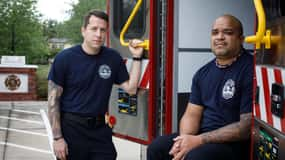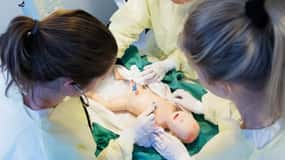
Honoring Those Who Say "I'm Possible"
Carlos and Joshua were the first paramedic team at the scene of the Pulse Nightclub tragedy in 2016. Their skills, decisiveness, and resilience under pressure saved the 13 patients they treated and transported that early morning.







